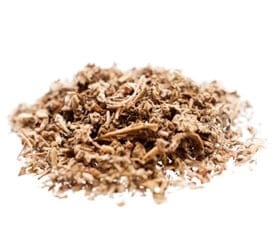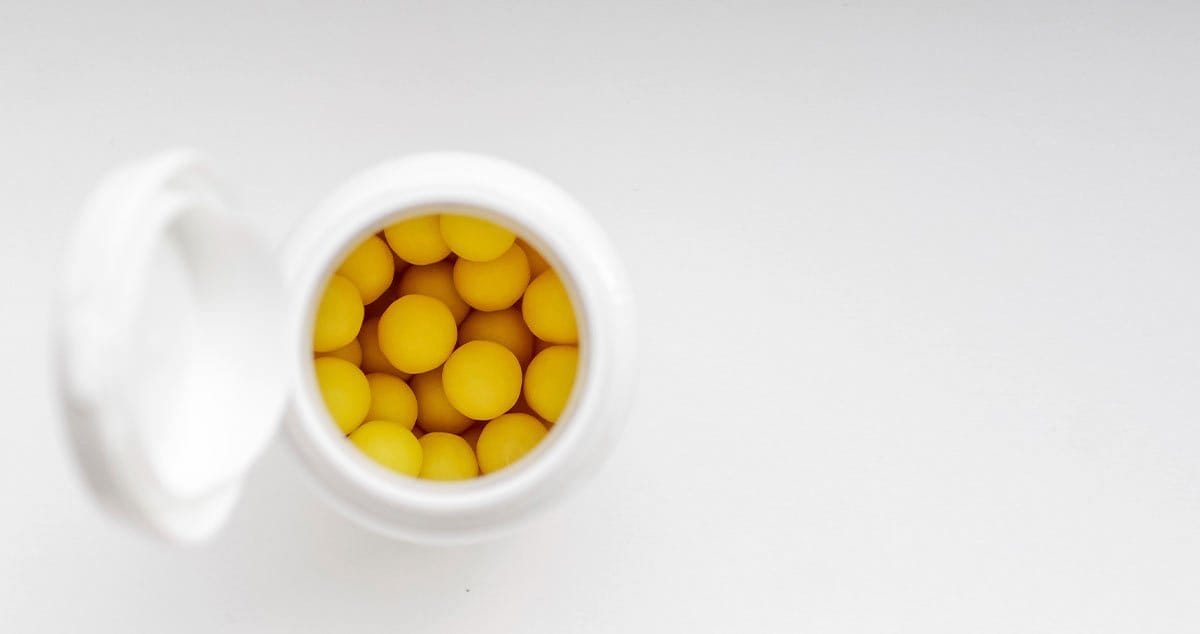Spice: Synthetic Marijuana

Young adults are adding spice to their lives and it is a deadly ingredient. Spice, also referred to as K2, is a synthetic form of marijuana. It is advertised as a safe, legal alternative to marijuana, but that is far from true. According to the Michigan Department of Community Health, spice is the second most used drug by Michigan teens and young adults. It was reported that 11.5% of high school seniors used this drug last year. Like marijuana, chronic use of spice requires treatment in drug rehab due to its physical and psychological effects.
The Spice Attraction
Spice produces euphoric and psychoactive effects similar to the effects of marijuana; however, in some cases the effects are stronger and much more dangerous. Many teens and young adults are drawn to spice because it offers an escape from reality. A common misconception about spice is that it is safe and natural, but it is definitely not a natural product. German researchers conducted chemical analyses on the drug and found that its active ingredients are synthetic cannabinoid compounds, which can produce a level of toxicity. Spice is not meant for consumption but individuals smoke it and drink it in tea. It is sold as incense or potpourri and is easily obtained in gas stations, in convenience stores and on the internet. Spice is relatively inexpensive and sold for as low as $5 per package. Currently, there is no age restriction to buy the product, which makes it popular among young people and a parent’s worst nightmare. Another contributing factor to the spice attraction is that there is currently no way to test for its use. Although the DEA continues substances used to make spice, manufacturers continue to change the recipe, substituting the banned chemicals for other legal yet lethal ingredients. This makes spice difficult to detect in routine drug screenings and gives its users a false sense of freedom to use. Recently, drug treatment centers have seen an increase in admitted spice addicts. It seems that the drug’s users do not realize that this undetectable, easily accessible drug has disastrous consequences.
It’s Not All Sugar and Spice
The American Association of Poison Control Centers (AAPCC) reported approximately 4,500 calls involving synthetic cannabinoid poisoning between 2010 and 2011. As of the beginning of March 2012, there have been approximately 1,200 spice-related calls. This gives a disturbing outlook of what is yet to come regarding to spice abuse. The AAPCC reported that spice abusers experienced the following symptoms:
- Hallucinations
- Anxiety
- Extreme Paranoia
- Depression
- Anger/Hostility
- Catatonic State
- Increased Blood Pressure
- Vomiting
- Seizures
- Death
Dr. Peter Antevy, an ER doctor at Joe DiMaggio Children’s Hospital in South Florida, reported that young people have been brought in for psychotic behavior, manic rage, attacking loved ones, attempting to jump out of windows or claiming that they are God. In Wyoming, there have been three cases of kidney failure and a dozen other individuals seeking treatment for vomiting and back pain as a direct result of smoking or ingesting spice. Daily spice use over a three-month period may require treatment in drug rehab because it can produce withdrawal symptoms similar to those seen in people that abuse narcotics.
Spice Abuse Treatment
Spice addicts should enter inpatient drug rehab before residential treatment to be stabilized while being monitored by medical staff. While in addiction treatment, anger, anxiety, depression and other underlying issues are addressed with the support of drug treatment staff. In certain cases, temporary medication management may be necessary to help the addict with psychological side effects that result from spice use.
Call Now and Make the Best Choice of Your Life
If you or a loved one is struggling with spice addiction and would like help finding a quality drug rehab, please call a Stepping Stone Center coordinator now at 866-957-4960. Our coordinators can answer any questions that you may have regarding addiction treatment as many of them are in recovery themselves.









